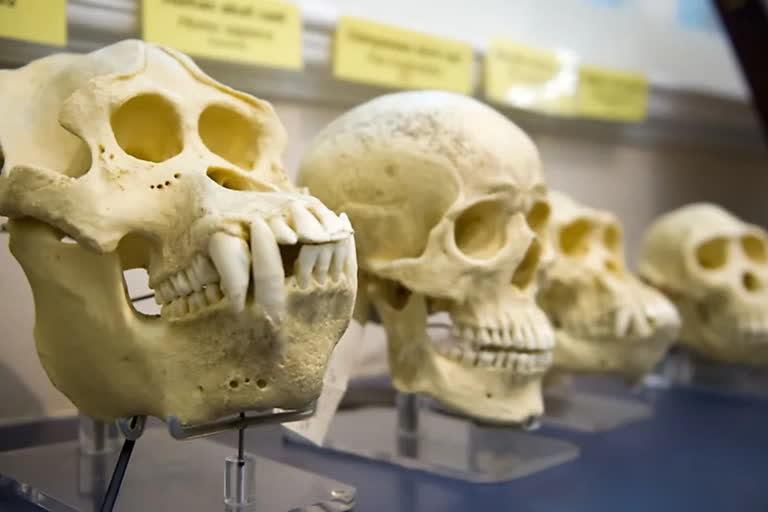Adelaide (Australia): Many of us are returning to work or school after spending time with relatives over the summer period. Sometimes we can be left wondering how on earth we are related to some of these people with whom we seemingly have nothing in common (especially with a particularly annoying relative). However, in evolutionary terms, we all share ancestors if we go far enough back in time. This means many features in our bodies stretch back thousands or even millions of years in our great family tree of life.
In biology, the term homology relates to the similarity of a structure based on descent from a shared common ancestor. Think of the similarities of a human hand, a bat wing and a whale flipper. These all have specialist functions, but the underlying body plan of the bones remains the same. This differs from analogous structures, such as wings in insects and birds. Although they serve a similar function, the wings of a dragonfly and the wings of a parrot have arisen independently, and don't share the same evolutionary origin. Here are five examples of ancient traits you might be surprised to learn are still seen in humans today.
One step ahead:What makes us human? This question has plagued scientists and scholars for centuries. Today it seems relatively straightforward to tell who is a human and who is not, but looking through the fossil record, things very quickly become less clear. Does humanity begin with the origins of our own species, Homo sapiens, from 300,000 years ago? Or should we stretch things back more than three million years to ancestors such as Lucy (Australopithecus afarensis) from eastern Africa? Or even further back to our split from the other great apes?
Whatever line you draw in the sand to pinpoint the birth of humanity, one thing is certain. The act of habitually walking around on two legs, known as bipedalism, was one of our ancestors' greatest steps. Almost every part of our skeleton was affected by the switch from walking on all fours to standing upright. These adaptations include the alignment and size of the foot bones, hip bones, knees, legs, and vertebral column.
Importantly, we know from fossil skulls that rapid increases in our brain size occurred shortly after we started walking upright. This required changes to the pelvis to allow for our larger-brained babies to fit through a widened birth canal. Our broadened pelvis (sometimes called iliac flaring) is a homologous feature shared with several lineages of early fossil humans, as well as all those living today. Those big brains of ours then fuelled an explosion of art, culture and language, important concepts when considering what makes us human.
A hole in your head:In addition to your eyeballs sitting in their orbits, you may be surprised to learn that you have other large holes (known as fenestrae) in your skull. A single window is found on each side of the human skull, uniting us with our shared common ancestors from over 300 million years ago.
Animals with this single window in their skulls are known as synapsids. The word means fused arch, referring to the bony arch found underneath the opening in the skull behind each eye. Today all mammals, including humans, are synapsids (but reptiles and birds are not). Other famous synapsids from prehistoric times include the often misidentified Dimetrodon. The sail-backed ancient reptile is commonly mistaken for a dinosaur. However, with its sprawling limbs and single temporal fenestra it instead belongs to a lineage sometimes referred to as mammal-like reptiles, although we prefer the more accurate term of synapsid.
10 little fingers and 10 little toes:I am typing this article on my computer using ten of my digits (fingers and thumbs; digits also refer to toes but mine don't reach the keyboard). This pattern of five digits in the human hand or foot, known as a pentadactyl limb, is found in most amphibians, reptiles, birds and mammals. But fish don't have fingers and toes, so when was it that digits first evolved?
